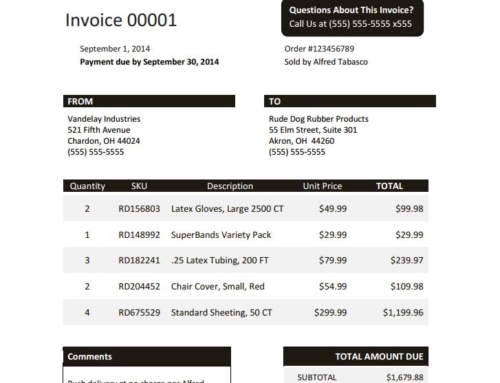A lien waiver form in the construction industry is quite common. It is a way for entities to release their right to a mechanic’s lien on the property, which can help cash move more quickly through a project. But it also increases the pressure to ensure you collect what is owed since you do not have the fall back of a mechanic’s lien. It is important when working with lien waivers to move quickly and carefully.There are 4 types of lien waivers; conditional progress, unconditional progress, conditional final and unconditional final. Conditional progress and conditional final are similar in that they both release the right to a mechanic’s lien IF payment will be received. However, a conditional final is the last payment. An unconditional progress or unconditional final states that you have been paid and you are waving your rights to a mechanic’s lien.
Although these waivers can be extremely helpful with cash flow when working in the construction industry, there are still a few things you will need to keep an eye out for.
- Pay attention to what you’re signing, especially if you do not have proper training with waivers. Double check and read what you are signing before you sign it. Just because the top of the paper says one thing, doesn’t mean you may not be signing on to a poor deal.
- Never sign an unconditional waiver without checking first with the bank. Be sure that money is there before giving away your opportunity for a mechanic’s lien and, ultimately, payment.
- Check your individual state laws. Lien waivers and mechanic’s lien laws can vary state to state, with many being stricter than other. Know what your rights are before you get into a deal.
Keeping track of lien waivers and mechanic’s liens can make or break your cash flow. When signing these contracts, it is of the utmost importance that you are clear on exactly what you are signing and what it will entail for your company.




